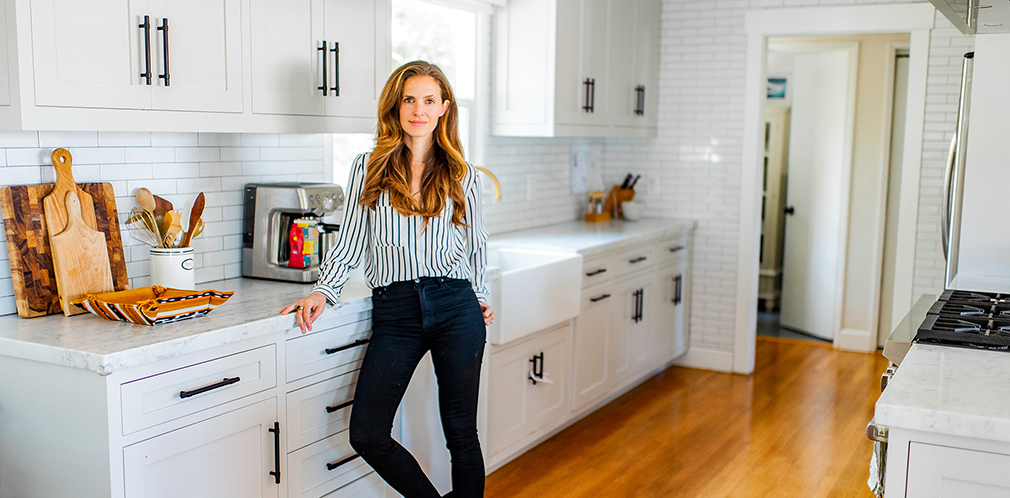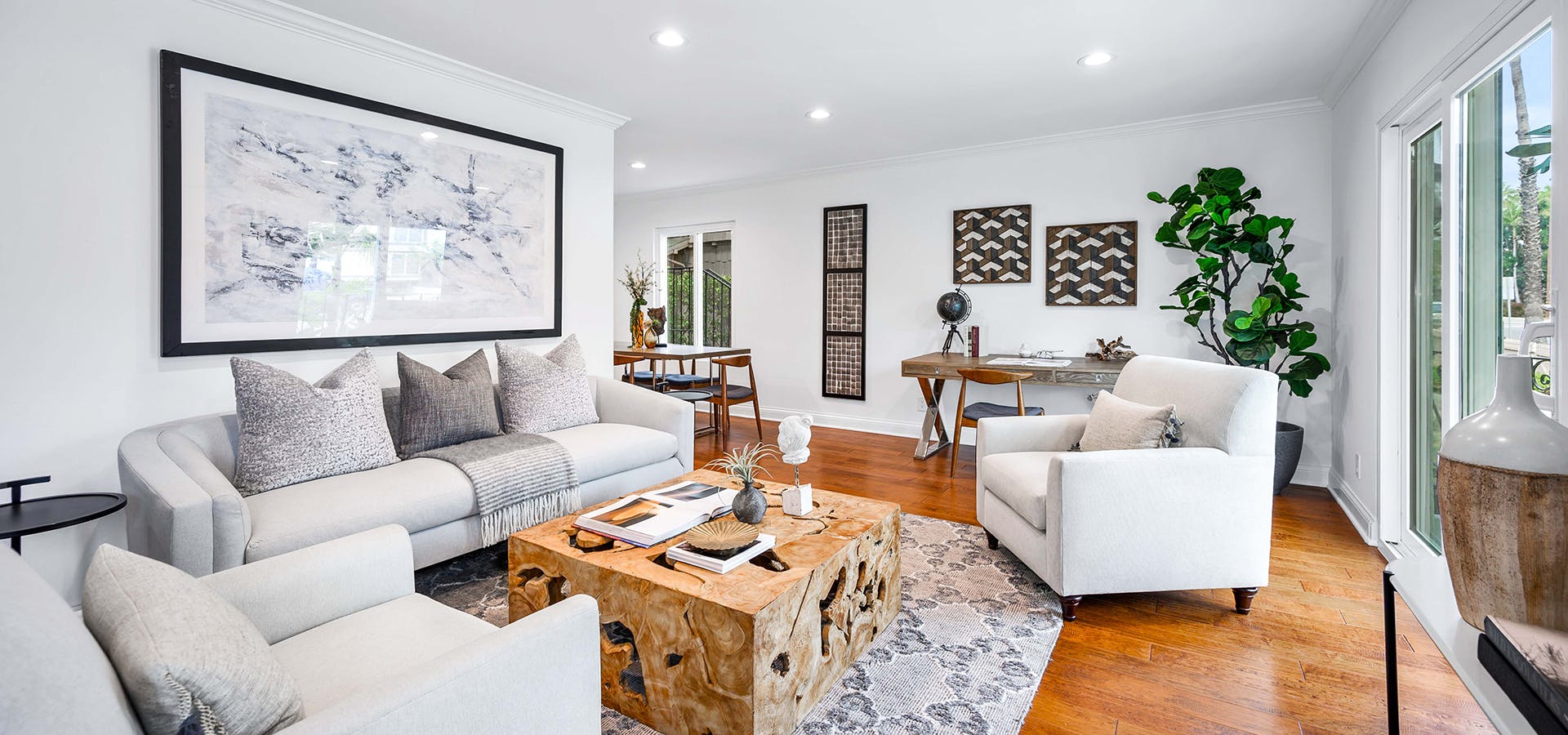There’s one major thing that’s crucial when listing a home: pricing. “The pricing strategy is going to be one of the most important decisions you make with your agent,” says Santa Monica–based real estate consultant Tara Rodgers. “The price you launch your property with will determine the success of your listing launch. Statistics indicate that seven days is the period of time when your home receives peak attention once it has been listed. No pressure, right?”

But, according to Rodgers, it’s best to leave the numbers to the experts. “As a seller, there is no need to take on the stress of formulating a pricing strategy,” explains Rodgers. “It is really vital that you choose an agent that you feel confident will guide you successfully on value. As a homeowner, we all have our own personal thoughts and goals for our properties on what we hope to achieve in a sale. Naturally, our personal relationship to our own home can impact our perspective on what it is worth, so it is important to take a step back and let the agent guide you through this decision.”

Here, Rodgers helps break down pricing basics and the best ways to create a deliberate plan.
Pricing Strategy 101
Start With The Basics
“This is where we discuss and outline the general specs of the house such as lot size, square footage, bed/bath count,” says Rodgers. “We then dive into any key features or improvements that we feel are going to help [our hurt] the value. We want everyone aligned on what makes a home stand out and where concessions on value may need to be made.”
Look Back
“It is important for both agent and seller to understand the historical performance of their neighborhood from the time they purchased to today,” explains Rodgers. “We examine past market values and compare the data to today’s market. Then, we can then see how well their property has performed over the years and the strength of the current market.”
Assess Recent Sales
“The next step is to look at high performance sales [high demand and great results] over a 6 to 12-month period,” says Rodgers. “We first break each of the sales down and compare each value to our listing based on its specific location, lot, square footage, bed/bath count, quality, and current demand for the property’s architectural/design approach. The seller will be able to clearly see the low, average, and high values for similar properties, and where their house sits relative to the rest of the market.”
Dig Into The Details
“When you are relying on a specific set of sales, it is really important to know the level of activity for each property you use as a comp,” says Rodgers. “You want to know things like: how many offers were received; was the winning buyer a unique outlier;, what was the cap in value for the majority of offers received; and any other nuances to the sale that impacted price.”
Know Your Competition
“It is crucial to look to the past, but it is even more imperative to know what is on the horizon,” says Rodgers. “We also always track new and upcoming inventory and will communicate to our clients how new inventory can impact our time to market or value approach. Let your competitor help you sell, not hinder, your property value.”








